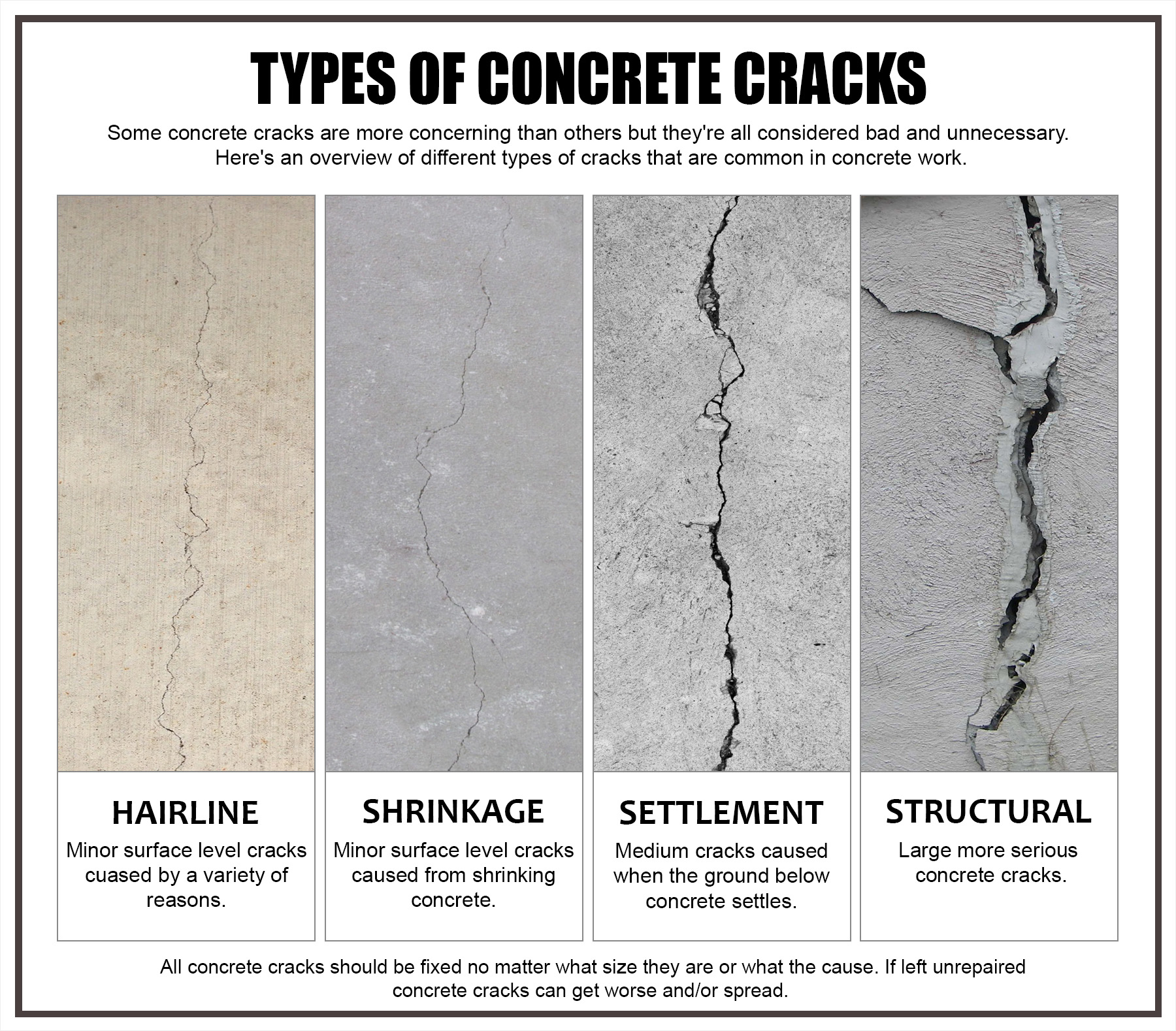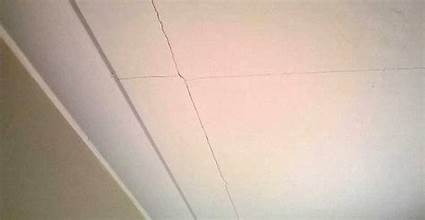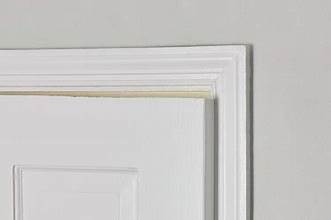Your house communicates with you in subtle ways. Learning to recognize these quiet signals can help you address issues before they become catastrophic failures that drain your wallet and compromise your safety.
The Silent Language of Home Maintenance
Homeownership comes with many responsibilities, and perhaps none is more important than preventative maintenance. Unlike a car that might flash the “check engine or other warning lights” or make unusual noises when something goes wrong, houses often develop problems quietly, slowly and insidiously. The key to maintaining your home's value and structural integrity lies in recognizing these subtle indicators before they evolve into major repairs.
Regular inspection and maintenance can save you thousands of dollars in the long run. By understanding what to look for, you can address small issues before they become significant problems. Let's explore eight critical warning signs that might indicate your home needs attention.
.
1. Foundation Cracks: When to Worry
Not all foundation cracks spell disaster. Hairline cracks under 1/8-inch wide typically result from normal settling processes, especially in newer homes adjusting to their final position.
However, certain types of foundation cracks deserve immediate professional attention. Be particularly concerned if you notice:
- Horizontal cracks (indicating potential soil pressure problems)
- Cracks wider than 1/8-inch (suggesting more significant movement)
- Stair-step cracks in brick or block foundations
- Any foundation issues accompanied by sticking doors/windows or sloping floors
When these warning signs appear, consulting quickly with a foundation specialist is crucial. These experts can determine whether the cracks represent normal settling or indicate a structural problem requiring intervention.
2. Wall and Ceiling Cracks: Reading Between the Lines
Like foundation issues, cracks in interior walls and ceilings can signal various problems. Minor hairline cracks often result from typical house settling or seasonal temperature fluctuations causing materials to expand and contract.
More concerning are cracks that:
- Exceed 1/8-inch in width
- Appear suddenly
- Follow a distinct pattern (especially diagonal cracks from door/window corners)
- Are accompanied by bulging or bowing surfaces
These may indicate excessive weight in your attic, foundation shifting, or water damage. Addressing the underlying cause promptly can prevent more extensive (and expensive) damage to your home's structure.
Remember that proper gutter maintenance plays a crucial role in preventing water infiltration that can lead to wall damage and moisture intrusion in interior walls that can be very expensive to remedy. Most homes benefit from gutter cleaning twice yearly, while properties surrounded by trees may require more frequent attention.
3. Drafty Windows and Doors: Beyond Energy Concerns
While most homeowners associate drafty windows and doors with energy inefficiency; however, these issues can sometimes indicate more serious structural problems. Common causes include:
- Weatherstripping deterioration and age
- Poor initial installation
- Natural aging of building materials
However, when multiple doors and windows suddenly become drafty without obvious explanation, your home may be experiencing structural shifting. This movement can distort framing, creating gaps that allow air infiltration.
Before panicking, check for simple fixes like replacing weatherstripping or adjusting strike plates. If these solutions don't resolve the issue, particularly when multiple openings are affected simultaneously—consider consulting a structural and foundation engineer to evaluate your home's foundation.
4. Ceiling Bubbles: Tracking the Moisture Trail
Bubbling paint or texture on your ceiling almost invariably indicates a moisture problem. These unsightly blemishes develop when water accumulates above the ceiling surface, weakening adhesion between materials and creating visible distortion.
The most common culprits include:
- Leaking roof components
- Plumbing failures in upper floors
- Condensation from improper attic ventilation
- Ice dam formation on eaves during winter cold spells
When you spot ceiling bubbles, act quickly. Begin by inspecting your attic space directly above the affected area, looking for water stains, dampness, or obvious leaks. Pay special attention to any plumbing lines running through the space and examine roof sheathing for signs of water, particularly around roof penetrations.
Left untreated, ceiling moisture issues can lead to structural decay, mold development, and even ceiling collapse in severe cases. The ceiling insulation will absorb and hold moisture creating a double problem of wet ceilings and mold growth..
5. Soft Flooring: What Lies Beneath
Walking across your floor should feel solid and stable. When you notice areas that feel spongy, bouncy, or unusually soft underfoot, something concerning may be happening beneath the surface.
Soft spots in flooring typically indicate deterioration of the structural support system, which can result from:
- Water damage affecting subfloor materials
- Insect infestation (particularly termites)
- Inadequate structural support
- Rot or decay of floor joists
To investigate properly, access the crawlspace beneath the affected area. Have someone walk or tap on the soft spot while you observe from below to pinpoint the exact location. Look for discoloration, visible moisture, or structural compromise in the supporting members.
Addressing soft flooring promptly is essential, as continued deterioration can eventually lead to complete floor failure and potential injury.
6. Rising Energy Bills: The Hidden Leak
Unexpected increases in your utility bills often serve as the first indication of developing home issues. When the heating and cooling system must suddenly work harder to maintain comfortable temperatures, various problems may be developing:
- Air leaks from settling-related gaps
- Insulation that has settled or deteriorated
- Ductwork leaks or damage
- HVAC system inefficiency
Before assuming the worst, conduct a systematic analysis. Compare current energy usage with previous years during the same season, accounting for any utility rate increases. Consider lifestyle changes, new appliances, or weather pattern differences that might explain the shift.
If no obvious explanation emerges, consider having an energy audit performed. Many utility companies offer this service at reduced rates, identifying specific inefficiencies and recommending targeted improvements.
7. Sticking Doors and Windows: Alignment Matters
When doors and windows that previously operated smoothly begin sticking or binding, your home may be communicating important structural information. These operational changes typically result from:
- Foundation movement affecting the frame geometry
- Excessive moisture causes wood components to swell and risks mold and insect infestation
- Settling that has thrown openings out of square
- Improper initial installation showing delayed effects
To distinguish between moisture issues and structural movement, use a hygrometer to monitor relative humidity levels in your home. Persistent sticking problems unrelated to humidity typically warrant professional evaluation of your foundation's condition.
Pay particular attention if multiple openings begin sticking simultaneously or if the problem appears seasonally, as these patterns can provide valuable diagnostic information.
8. Chimney Cracks: More Than Cosmetic Concerns
Visible cracks in your home's chimney structure deserve immediate attention. Beyond the aesthetic impact, chimney cracks create pathways for water infiltration that can accelerate deterioration and compromise structural integrity.
Concerning chimney cracks include:
- Horizontal cracks separating sections of the chimney
- Cracks wider than 1/8-inch in any direction
- Leaning or tilting of the chimney structure
- Separation between the chimney and adjoining house walls
Even seemingly minor chimney cracks should be repaired promptly. Beyond water damage concerns, deteriorating chimneys can eventually shed bricks or masonry components onto your roof or surrounding areas, creating safety hazards and expensive secondary damage.
Annual chimney inspections by qualified professionals represent a wise investment in preserving this critical home component.
Preventative Maintenance: Your Home's Best Protection
Developing a systematic approach to home maintenance represents your best defense against expensive repairs and structural compromise. Consider implementing these practices:
- Conduct seasonal visual inspections of all major home systems
- Document and photograph potential problem areas for future comparison
- Address small issues immediately before they escalate
- Maintain relationships with qualified contractors for various home components
- Consider professional home inspections every 5-7 years (not just when buying/selling)
Remember that your home represents both a significant financial investment and the environment where you and your family live daily. Protecting its integrity through attentive maintenance ensures both your financial security and personal comfort for years to come.
By learning to recognize these subtle warning signs, you transform from a passive homeowner into an active guardian of your property's condition and value.
10 SIGNS YOUR LAWN SPRINKLER SYSTEM NEEDS REPAIR









